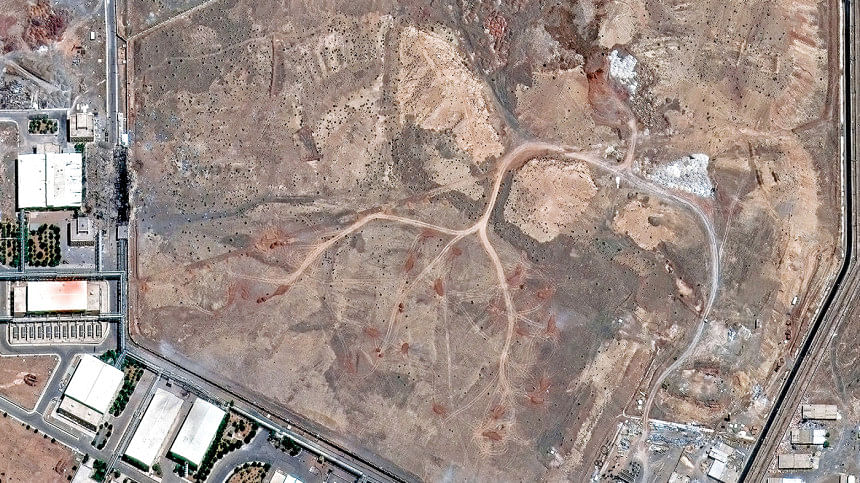Is the world close to a nuke radiation incident?

Israeli Prime Minister Benjamin Netanyahu's decision to launch strikes against Iran's nuclear facilities has sparked concerns among sections of the global community, atomic energy regulators and experts on the risks of nuclear contamination.
WHAT DID THE IAEA SAY?
Addressing an urgent session of the Board of Governors of the International Atomic Energy Agency (IAEA) in Vienna on Monday, Grossi said radiation levels appear normal outside both the Natanz nuclear installation and another facility in Isfahan also targeted in Israeli strikes.
However, the IAEA director general warned that military escalation "increases the chance of a radiological release". Grossi had on Friday told the UN Security Council that Israel's strike on Natanz destroyed the above-ground part of the facility. While the main centrifuge facility underground was not hit, it lost power because of the attack.
HAVE NUKE FACILITIES BEEN HIT BEFORE?
Al Jazeera cannot find a record of an operational nuclear installation coming under attack, but power plants have often been attacked while under construction – mostly in the Middle East.
A week into the Iran-Iraq War in 1980, Iran's Operation Scorch Sword damaged Iraq's unfinished Osirak nuclear reactor in the world's first attack on a nuclear power plant.
Israel conducted another air attack the following year, destroying the French-built reactor in Operation Opera. A decade later, US Operation Desert Storm attacked the Tuwaitha Nuclear Research Centre, of which Osirak was a part.
Iraq also attacked Iran's incomplete nuclear reactor at Bushehr during the Iran-Iraq War, damaging it. The Soviet Union eventually completed the reactor in the early 2000s, and it went into operation in 2009.
In an interview with Al Jazeera, Dan Smith, the head of the Stockholm International Peace Research Institute, said the world has rarely been in much danger from accidental nuclear weapons use. Previously, risks have primarily arisen from the threat of miscalculations.
"The last time that there was open information to show we were so close to disaster is the Petrov incident in September 1983 – a false alarm in the Soviet early warning system that he [an engineer] refused to report," Smith said.

RUSSIA-UKRAINE WAR ADDED TO RISKS TOO?
A more recent nuclear contamination scare came early in Russia's invasion of Ukraine when it seized the Zaporizhzhia Nuclear Power Plant (ZNPP) on March 4, 2022. The ZNPP has six reactors, and it stands on the left bank of the Dnipro River, which forms part of the front line between Ukrainian and Russian forces.
The IAEA eventually intervened to ensure all six reactors were powered down and hostilities around the plant ceased, but the plant still needs a steady supply of water and electricity to cool spent fuel rods and reactors.

 For all latest news, follow The Daily Star's Google News channel.
For all latest news, follow The Daily Star's Google News channel. 







Comments